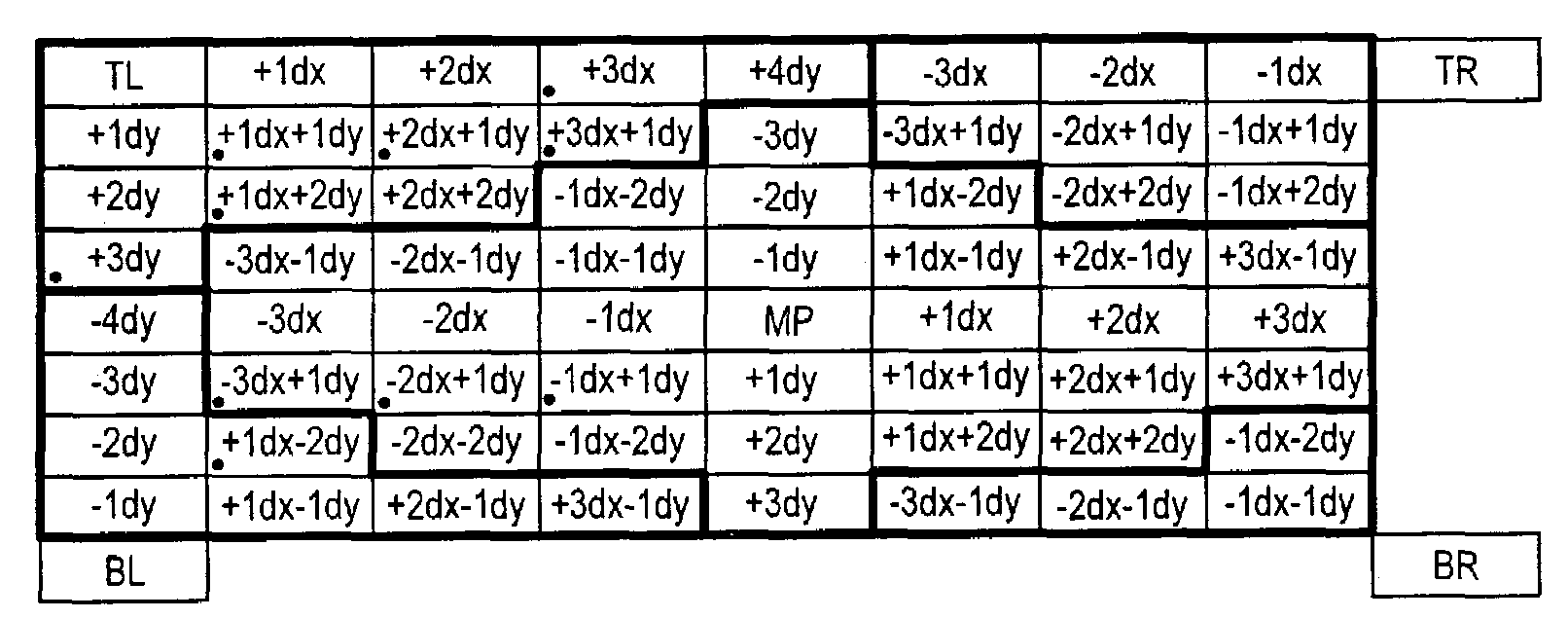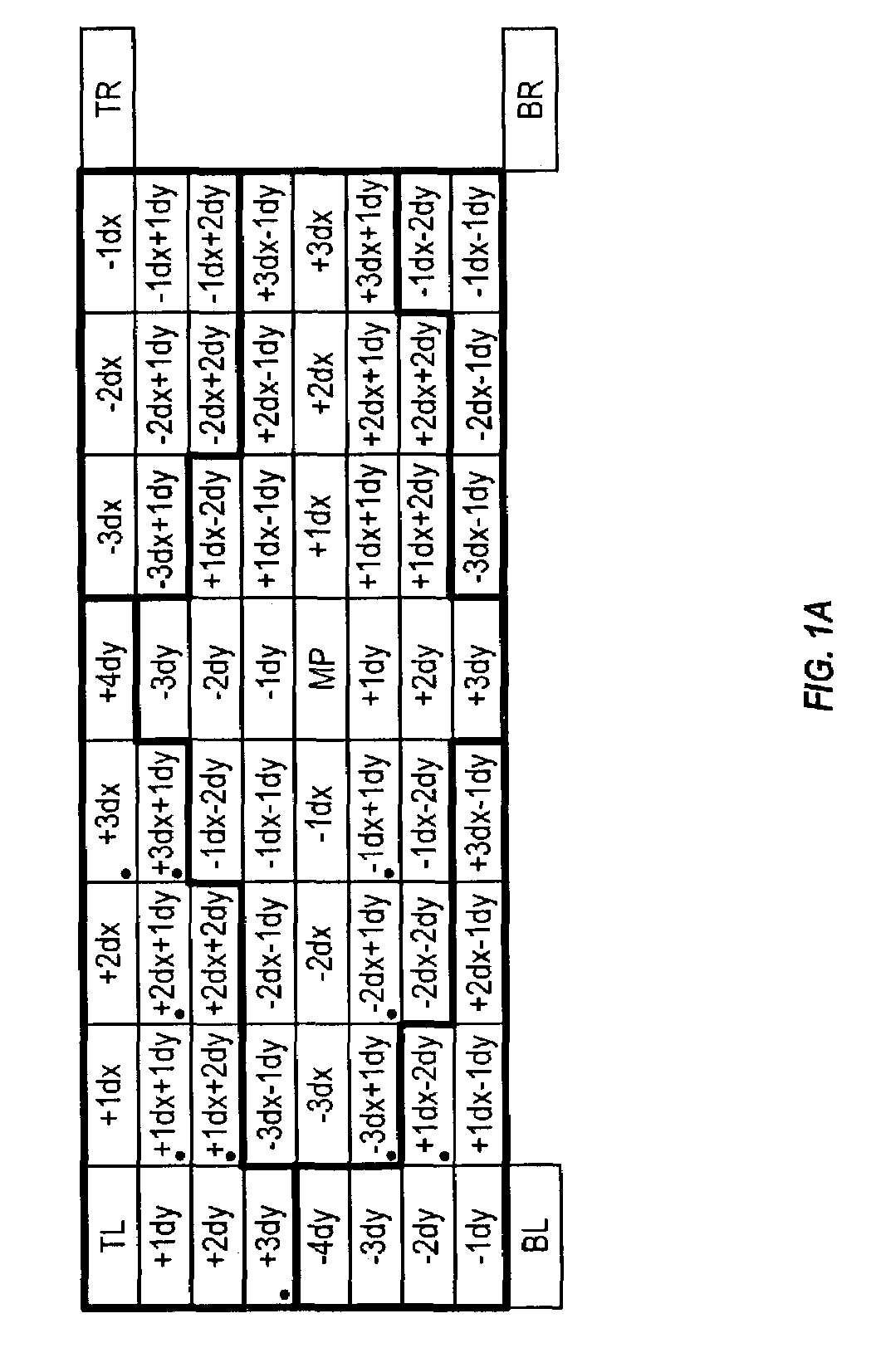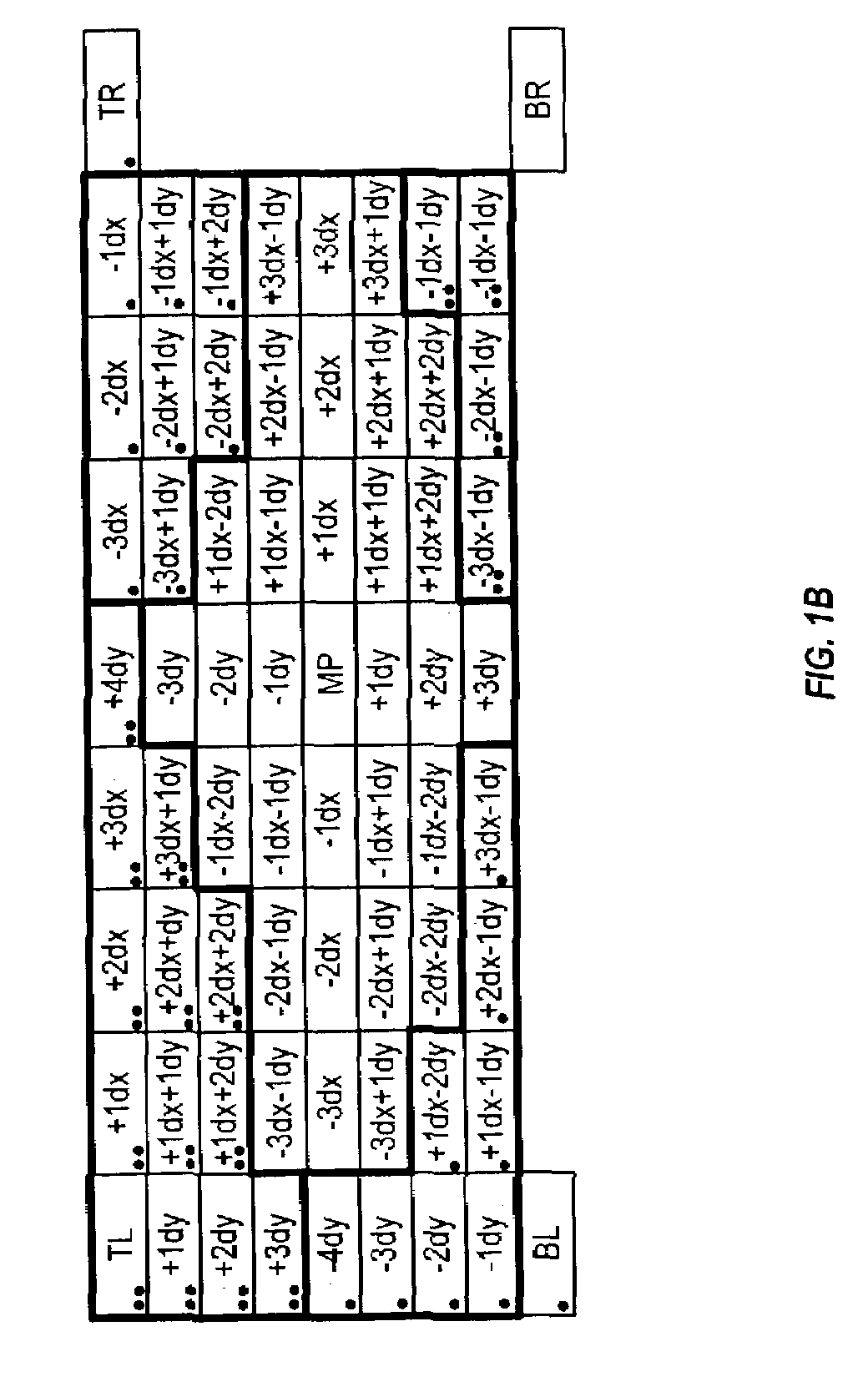Rasterizer edge function optimizations
a rasterizer and edge function technology, applied in the field of 3d graphics processing, can solve the problems of large data manipulation to be done, large memory bandwidth, and large geometry to be added,
- Summary
- Abstract
- Description
- Claims
- Application Information
AI Technical Summary
Benefits of technology
Problems solved by technology
Method used
Image
Examples
computer embodiment
[0062]FIG. 4 shows a complete computer system, incorporating the graphics accelerator of FIG. 3, and including in this example: user input devices (e.g. keyboard 435 and mouse 440); at least one microprocessor 425 which is operatively connected to receive inputs from the input devices, across e.g. a system bus 431, through an interface manager chip 430 which provides an interface to the various ports and registers. The microprocessor interfaces to the system bus through e.g. a bridge controller 427. Memory (e.g. flash or non-volatile memory 455, RAM 460, and BIOS 453) is accessible by the microprocessor. a data output device (e.g. display 450 and video display adapter card 445, which includes a graphics accelerator subsystem 451) which is connected to output data generated by the microprocessor 425; and a mass storage disk drive 470 which is read-write accessible, through an interface unit 465, by the microprocessor 425. Optionally, of course, many other components can be included, ...
PUM
 Login to View More
Login to View More Abstract
Description
Claims
Application Information
 Login to View More
Login to View More - R&D
- Intellectual Property
- Life Sciences
- Materials
- Tech Scout
- Unparalleled Data Quality
- Higher Quality Content
- 60% Fewer Hallucinations
Browse by: Latest US Patents, China's latest patents, Technical Efficacy Thesaurus, Application Domain, Technology Topic, Popular Technical Reports.
© 2025 PatSnap. All rights reserved.Legal|Privacy policy|Modern Slavery Act Transparency Statement|Sitemap|About US| Contact US: help@patsnap.com



